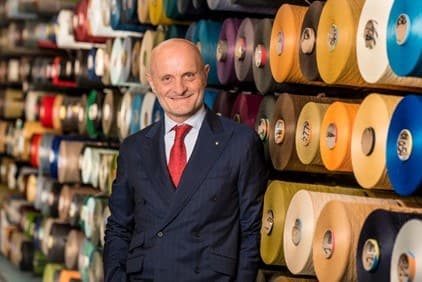Choosing sustainable practices and materials to create beautiful spaces is one of the most pivotal and impactful design challenges of our time.
According to architect Lance Hosey, FAIA, LEED Fellow, studies show that designers and architects can influence up to 90 percent of a project’s eventual impact based on early design decisions.
Can we challenge ourselves to create structures that balance beauty, functionality, wellness and care for our environment?
We believe we can.
For too long, many have held on to outdated notions that sustainable materials are too expensive or that it is too time-consuming to do the research. Other considerations might be that it is too difficult to get the certifications, the materials are not creative, flexible or durable enough, and our clients aren’t concerned about sustainability.
But in fact, interior design plays an important role in lowering our carbon footprint on the world. The variety of renovations and fit-outs that take place over the life of interior spaces can rack up a heavy carbon footprint, so interior designers must be ready to turn to a host of strategies to address that while also creating healthy and beautiful spaces.
Advances in technology and an increased focus on sustainable design not only helps protect our environment but our health and wellbeing as well. These advances have also encouraged meaningful discussions, spurred innovation in materials and evolved our processes.
For inspiration, we can look to the Healthy Materials Lab at Parsons School of Design, which is committed to raising awareness about toxins in building products and to creating resources for the next generation of designers and architects to create healthier places for all people to live.
We can also study the steps that Material Bank is taking to change the way we source materials. By aggregating samples from multiple brands into a single box, Material Bank and its brand partners have drastically reduced sample shipments. Material Bank’s sample reclamation program has also allowed for unneeded samples to be reused and recycled instead of reaching landfills, and Material Bank offsets 100 percent of direct carbon emissions from ALL sample shipments.
With the development of our innovative ECONYL® regenerated nylon material, which is made from 100 percent waste materials and is infinitely regenerable, Aquafil is a leader in creating a more circular economy. ECONYL® nylon is used by more than 2,000 brands across the globe, proving that beautiful designs and high performance can be achieved through sustainable materials.
Why must we make mindful choices now?
- Global warming is real. Our planet is growing hotter and hotter by the year. The extraction and processing of natural resources currently accounts for one-half of total greenhouse gas emissions worldwide.
- Demand for wellness considerations in the built environment continues to increase.
- Policies and government incentives to create green spaces continue to advance.
- Investing in sustainability contributes to an organization’s reputational value.
We realize sustainability is a cause at the forefront of the industry's efforts. We invite the community to commit to their continued efforts to join the movement.
Specify sustainable materials. Demand transparency from your manufacturers. Encourage your clients to choose more sustainable options for their projects.
With hope,
Giulio Bonazzi
Chairman & CEO
Aquafil Group
First Photo: Green Carpet Fashion Awards in Milan - Carpet made with ECONYL® Regenerated Nylon

